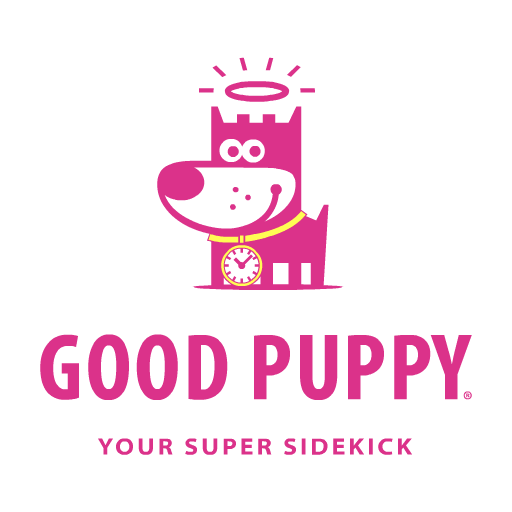





























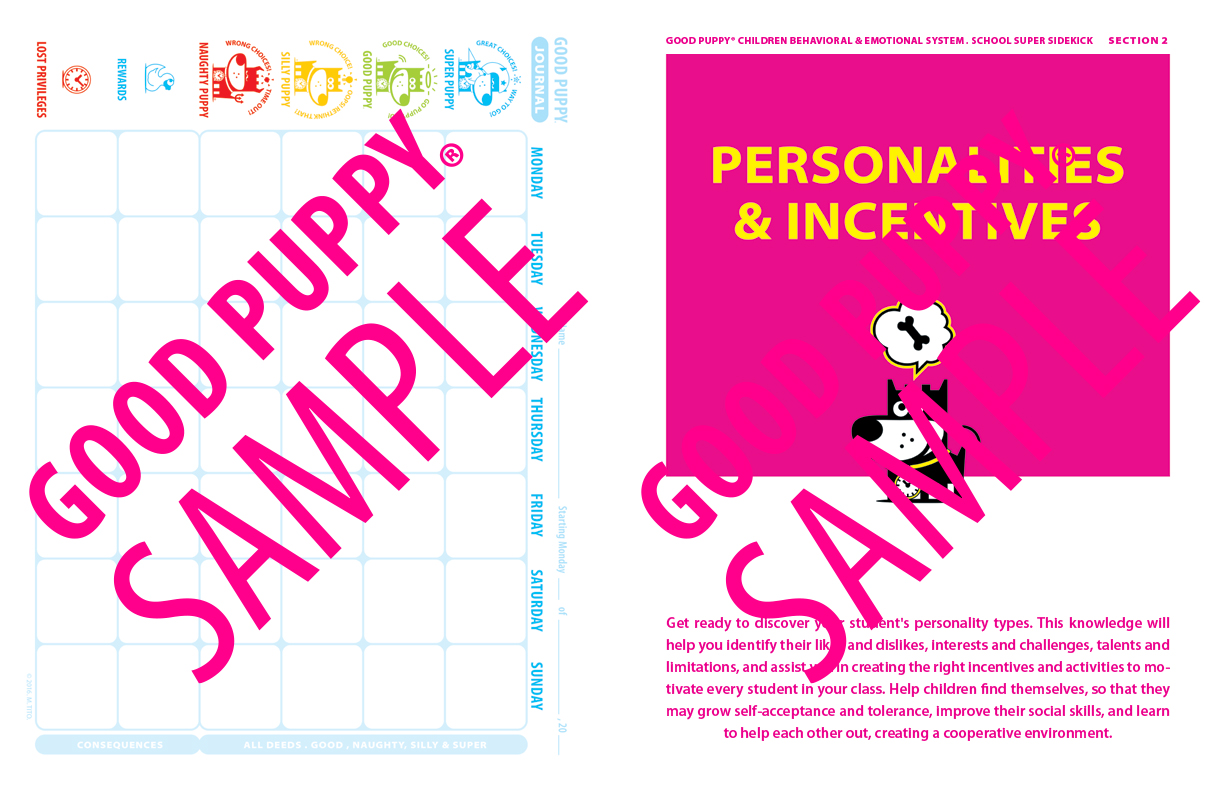
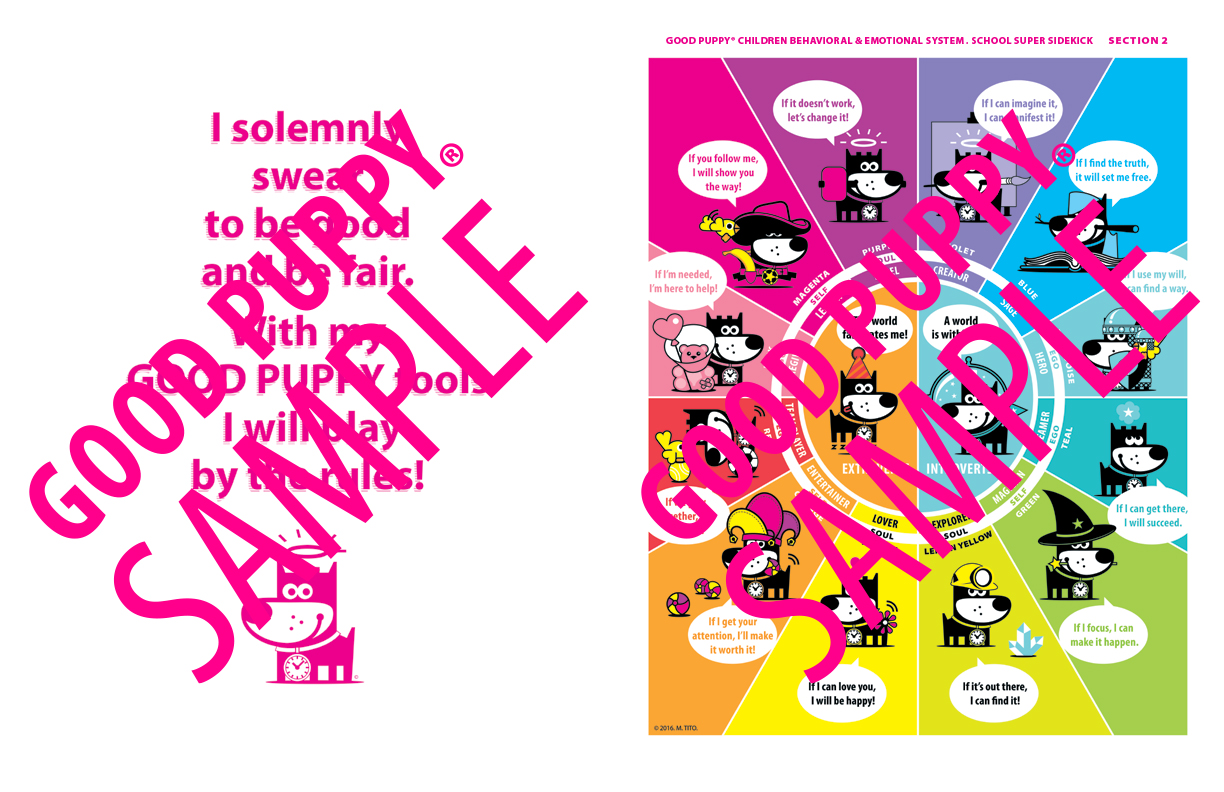

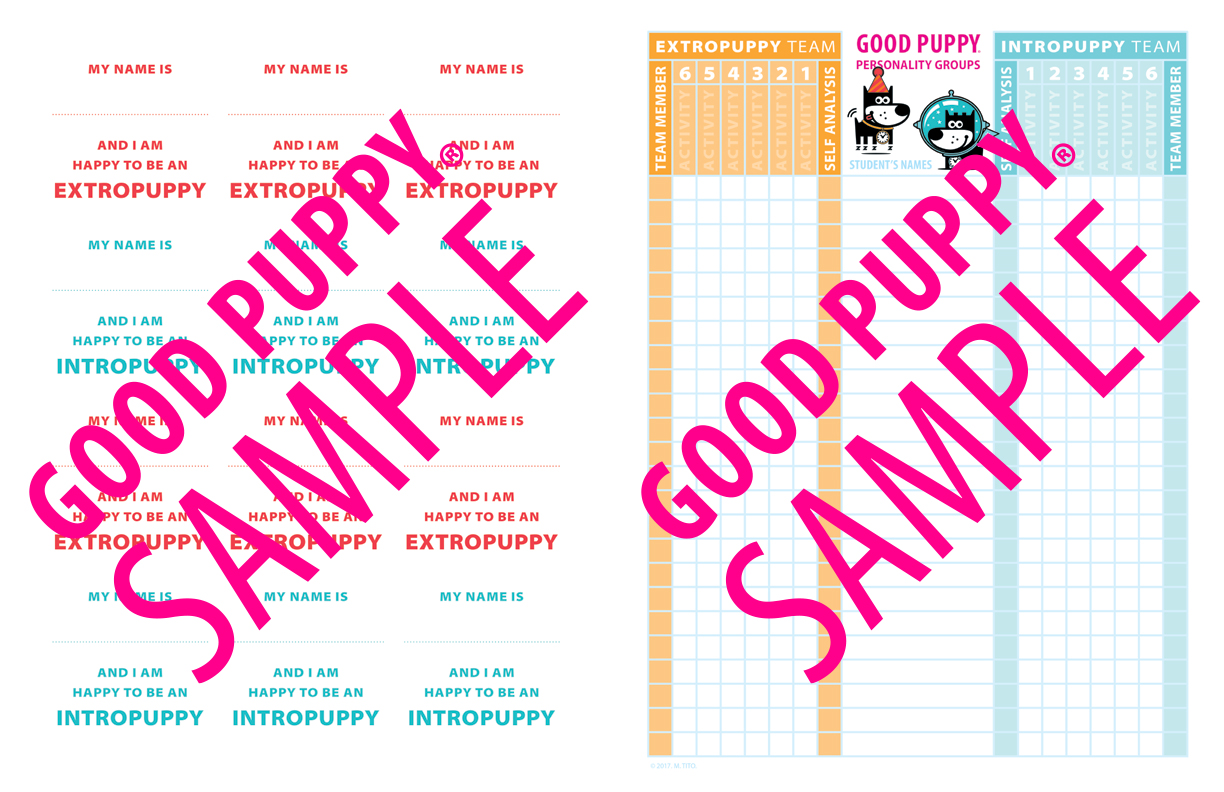

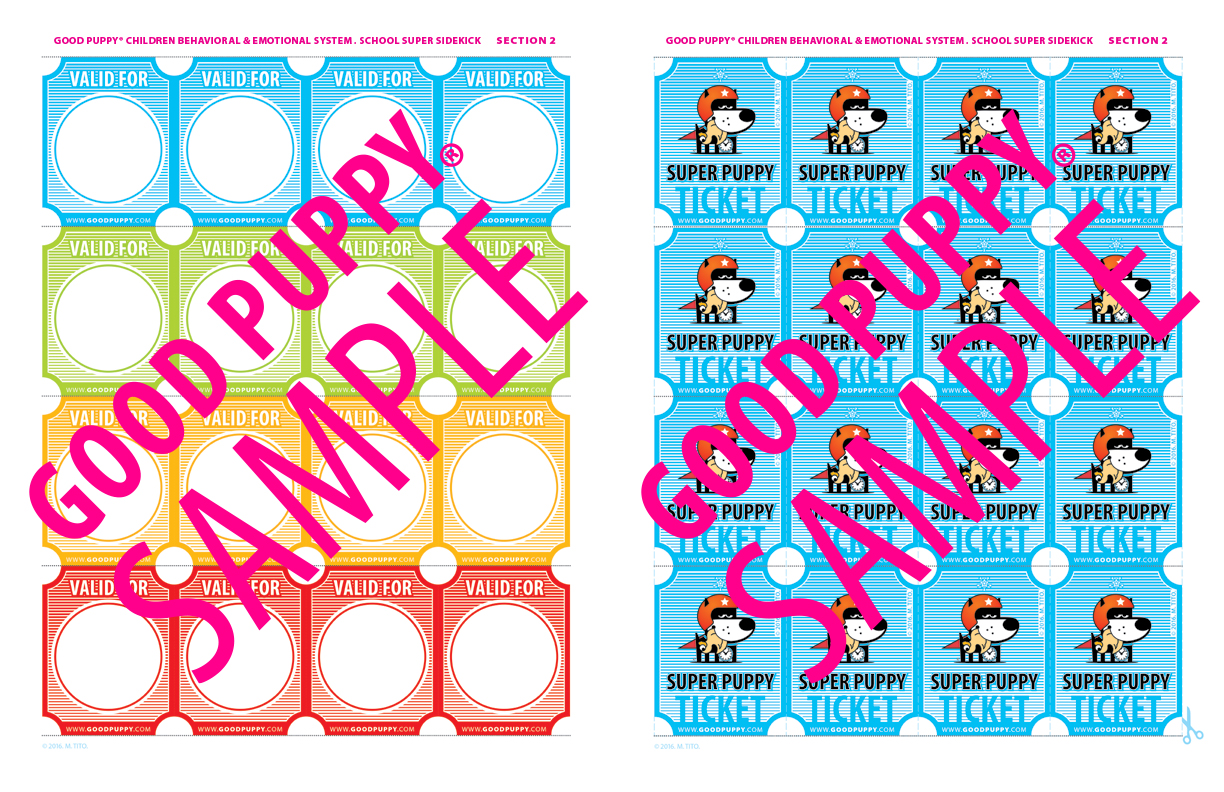
























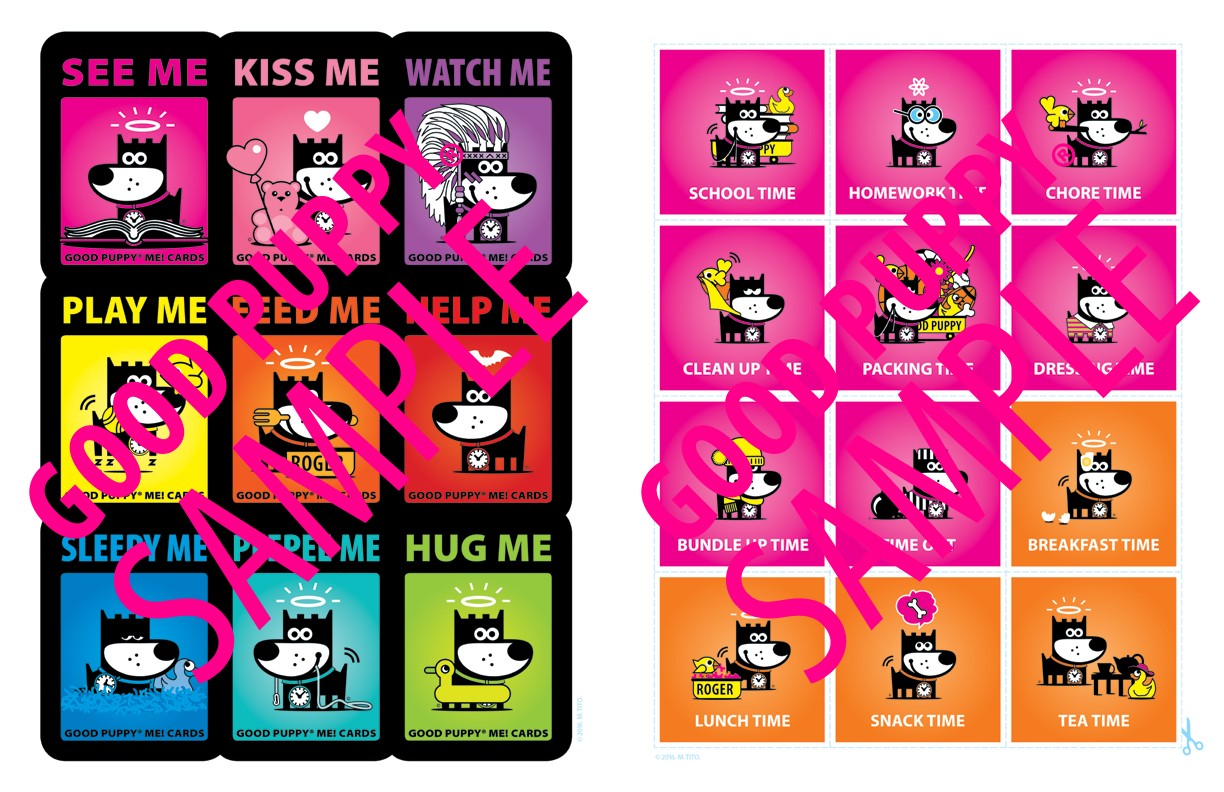

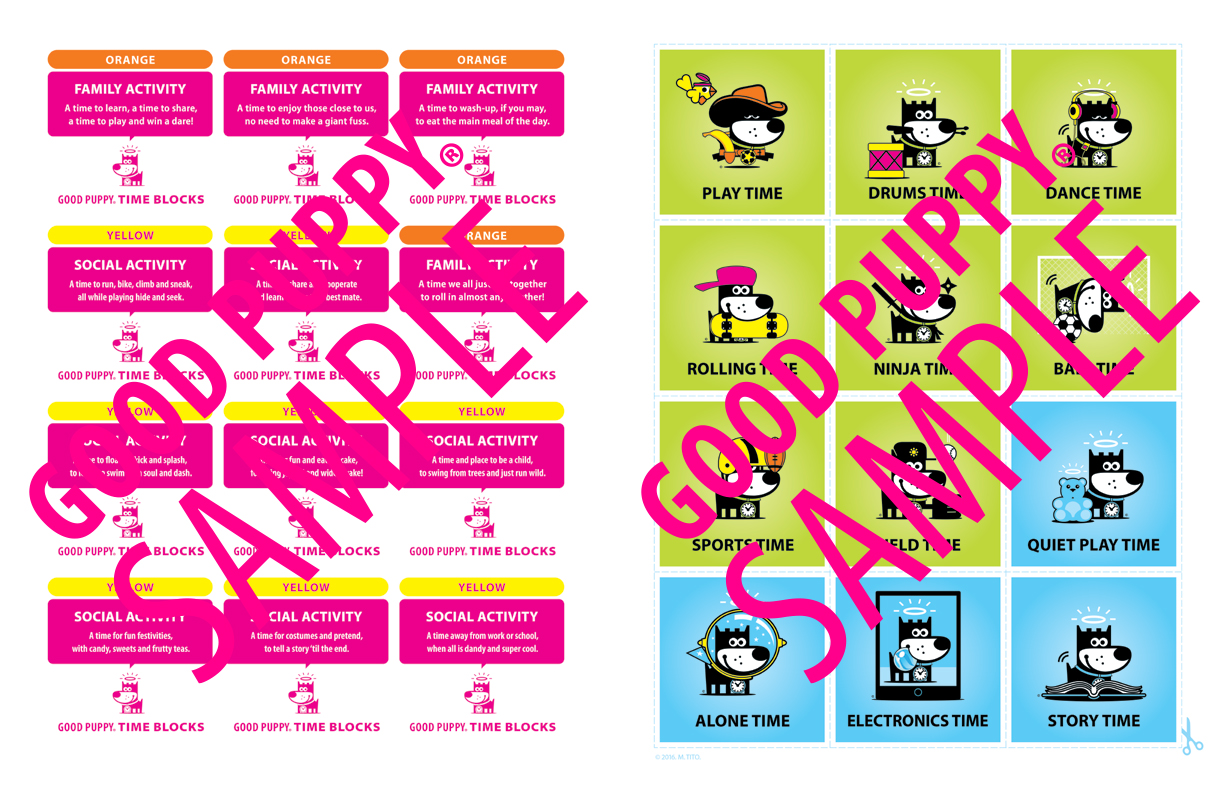























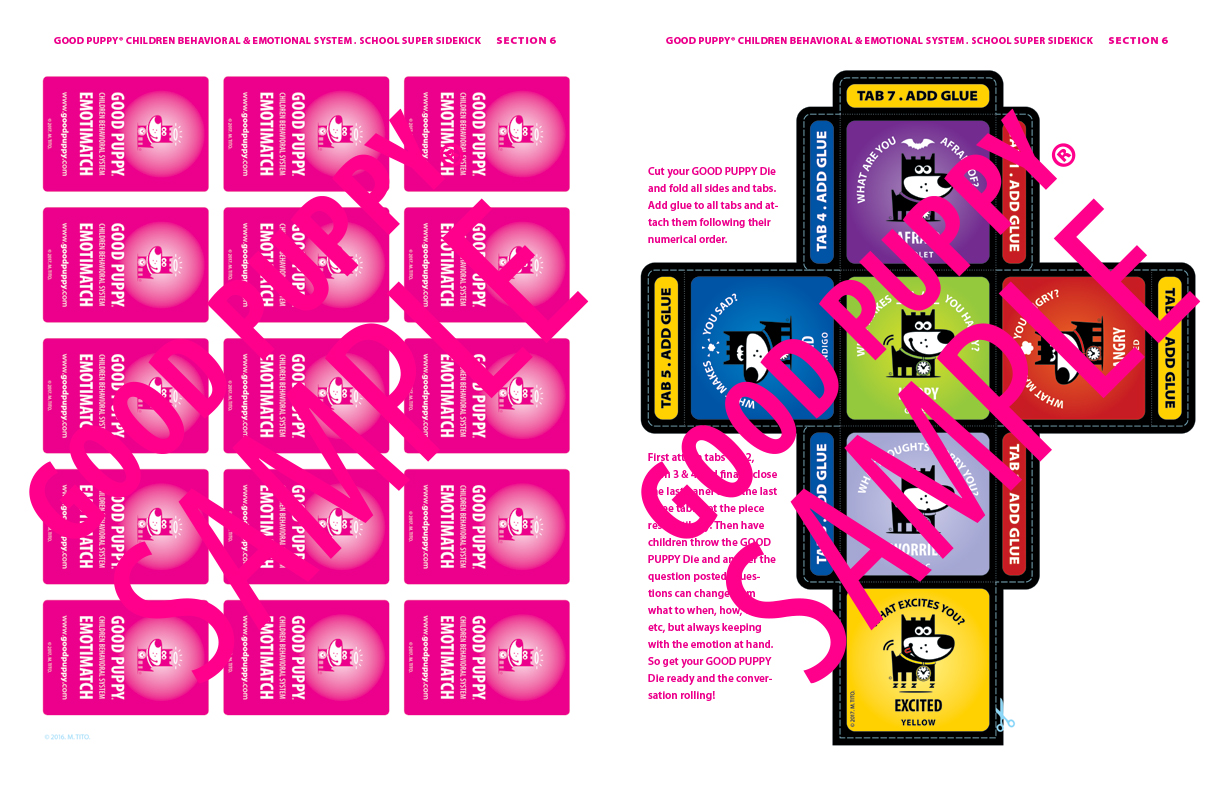









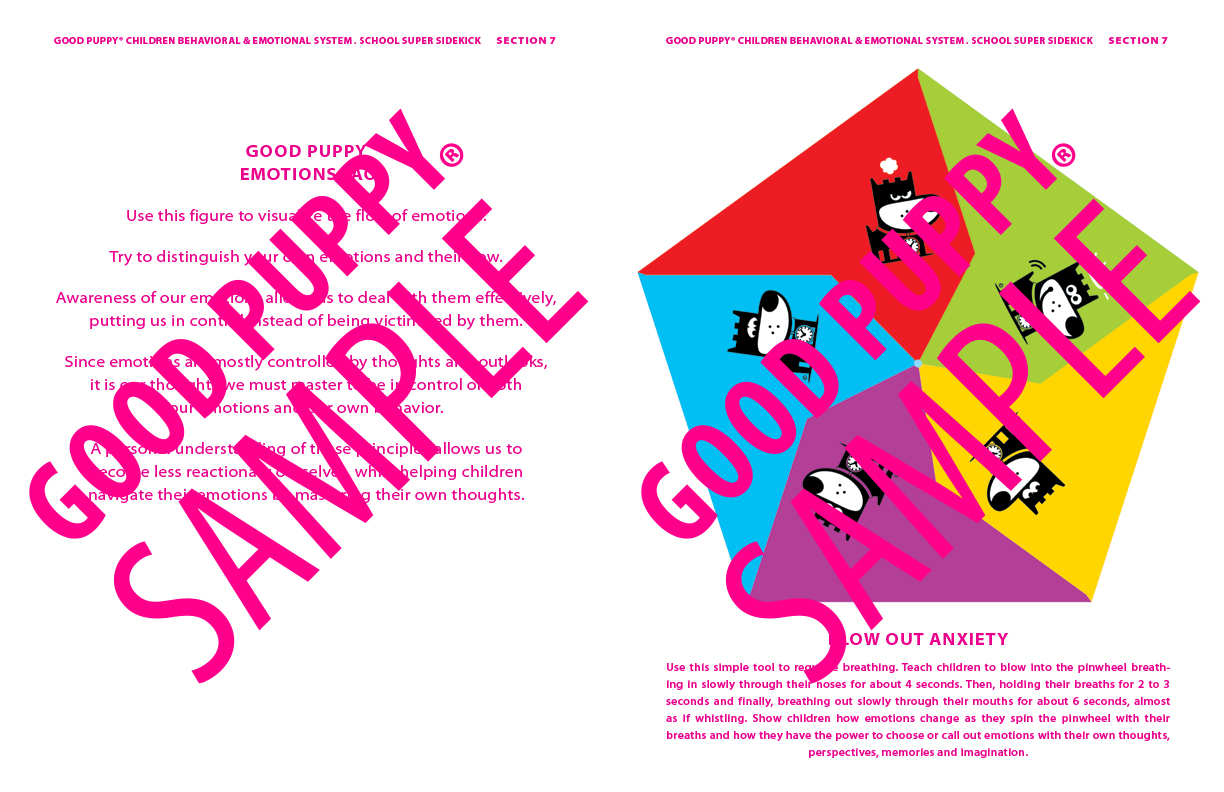
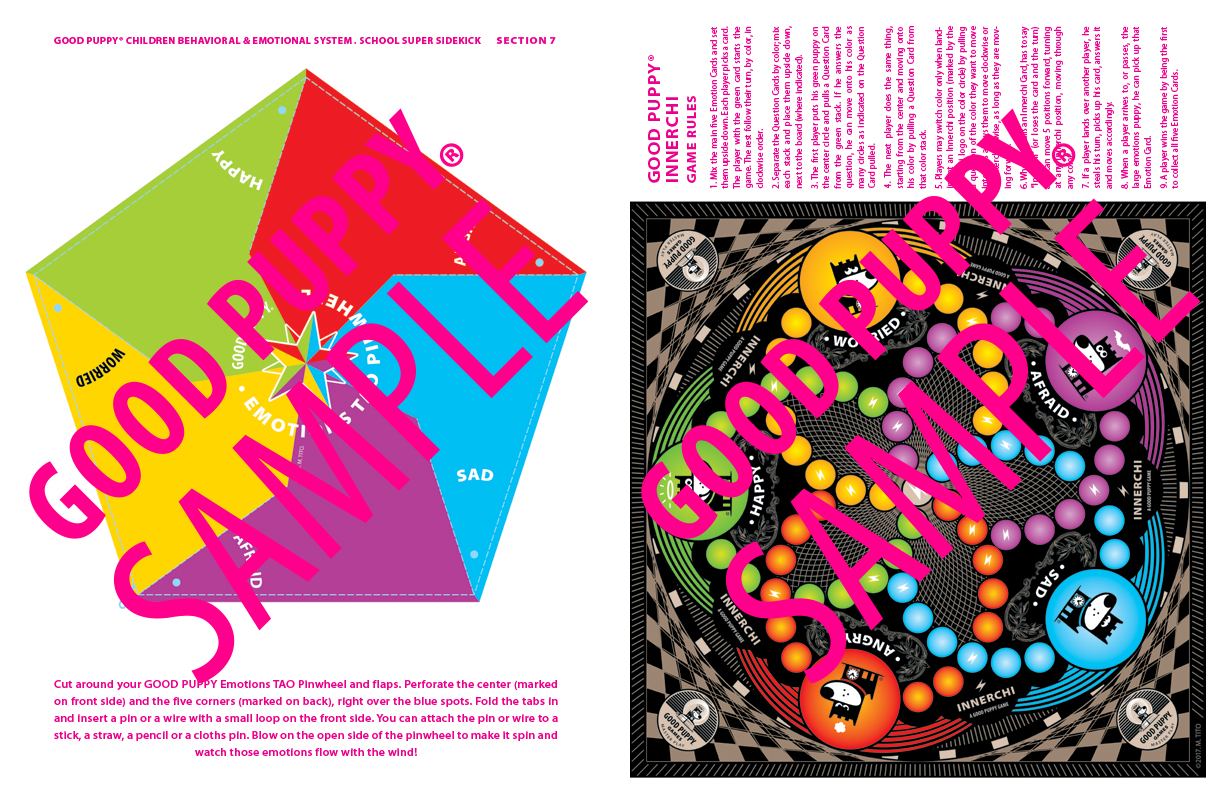

















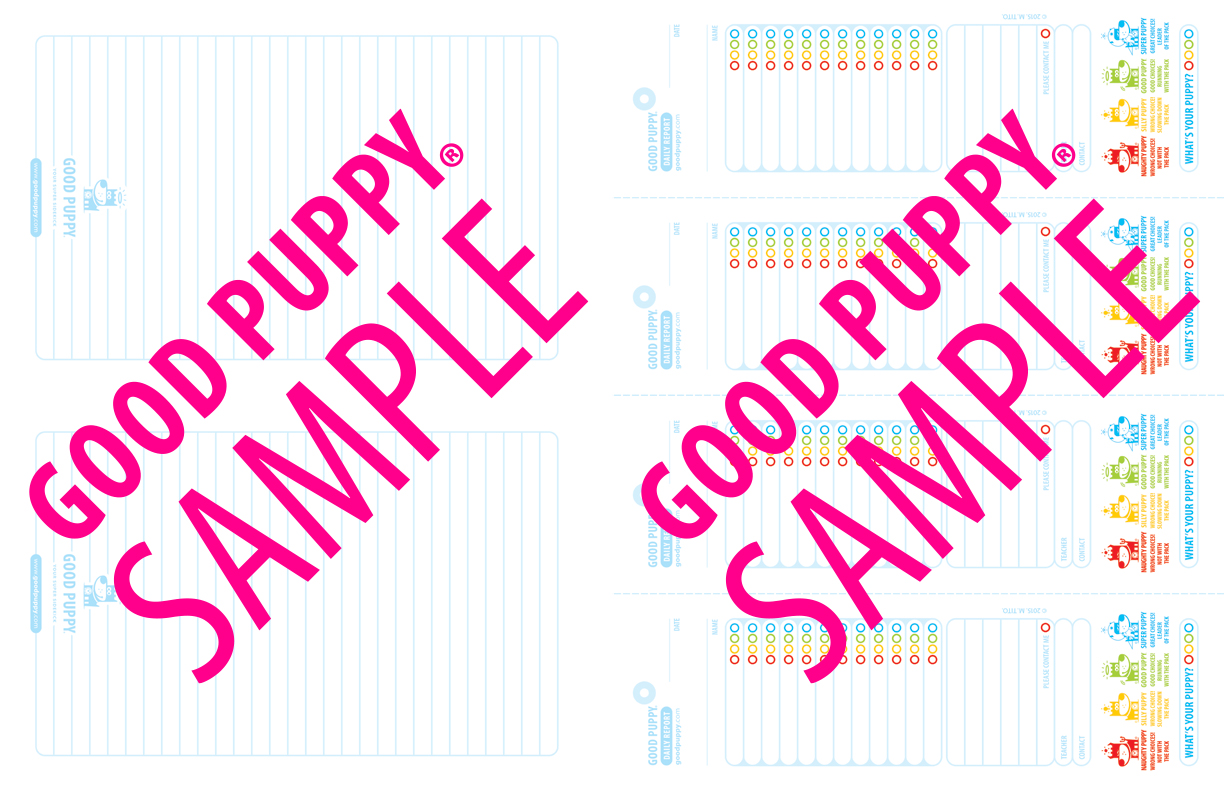






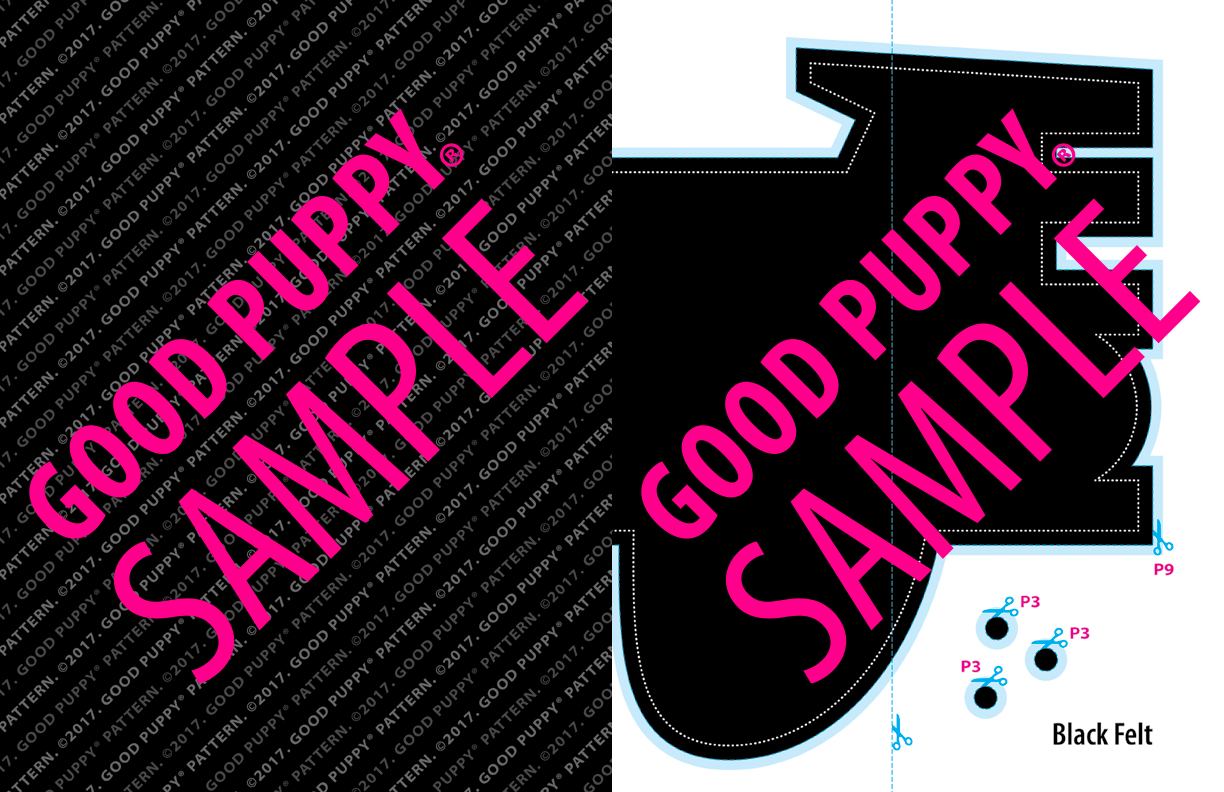






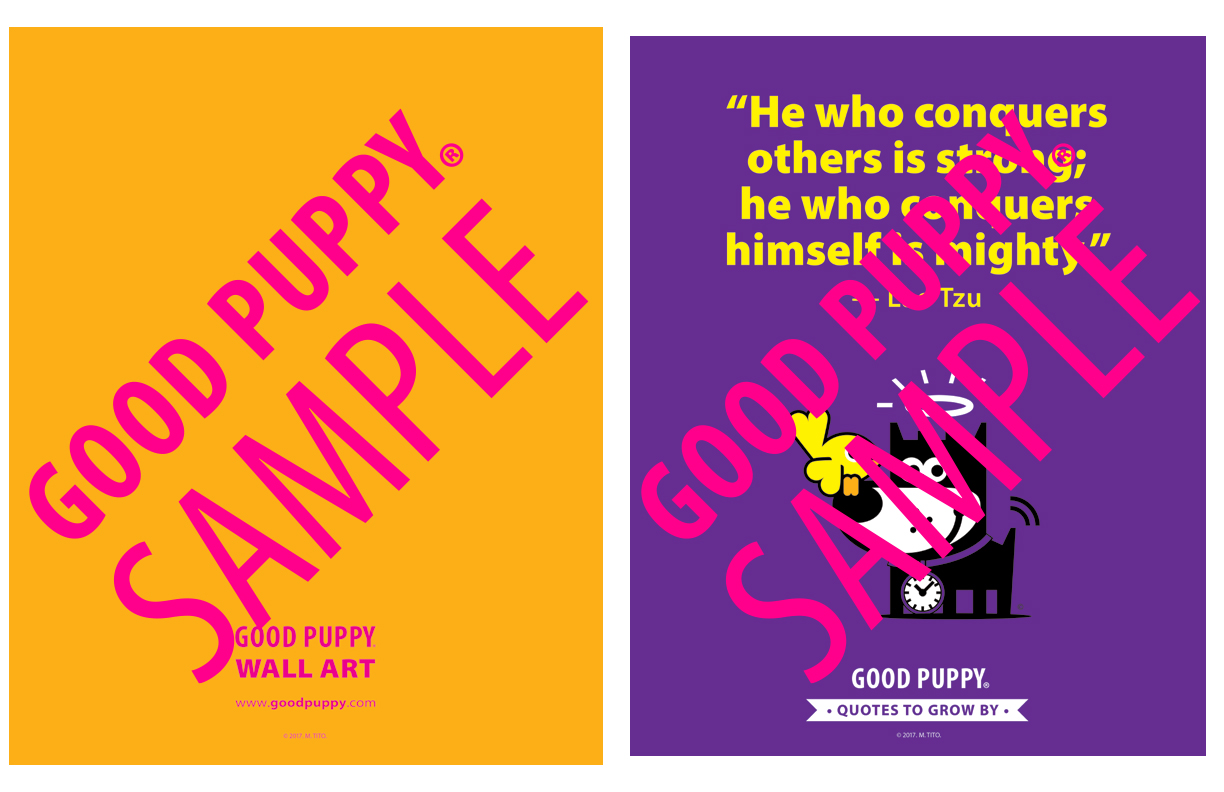










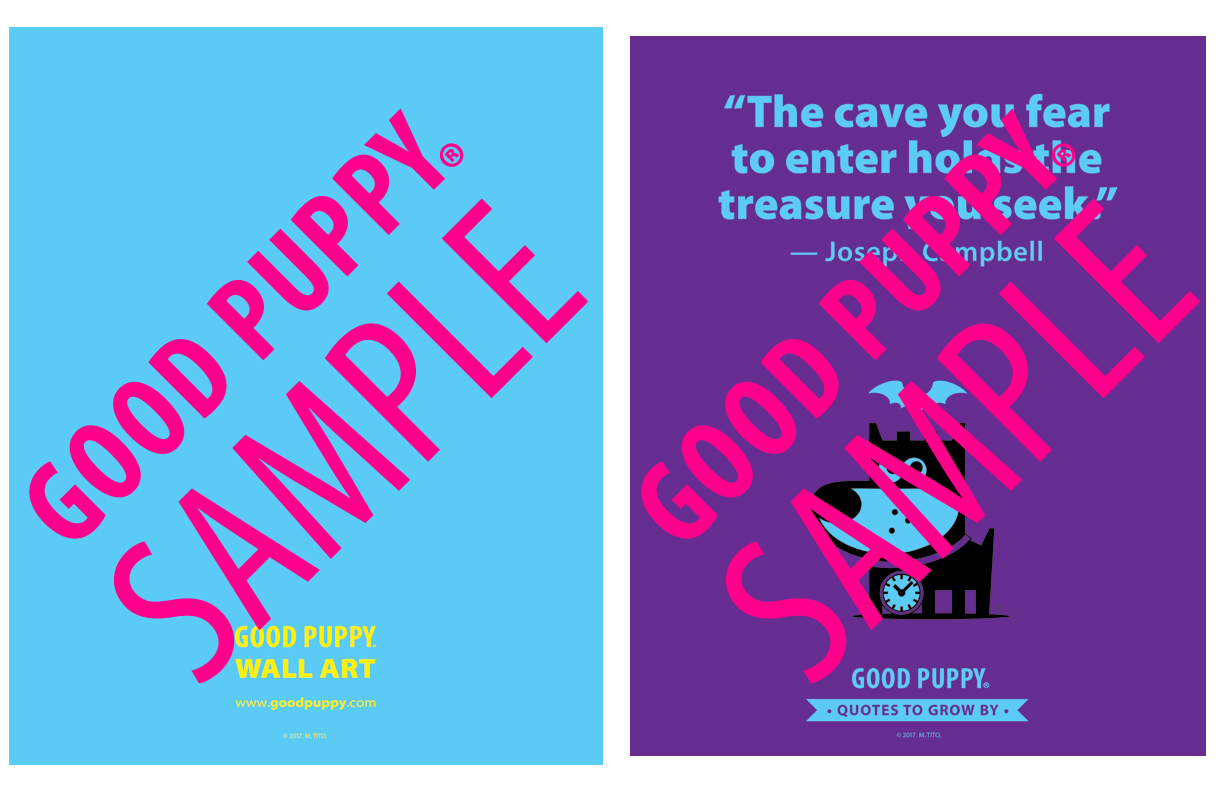









Just imagine the words “child behavior” bringing a smile to your face. Imagine your children collaborating, focusing without a problem, engaged and participating. Imagine them happy, and correcting themselves to be in their best behavior. Imagine your children exercising their virtues, to be the best they can be. Because that is what we see in classrooms that run with Roger.
Roger Good, our GOOD PUPPY and child whisperer, speaks directly to your children through empathetic imagery they can understand before learning to read. Roger creates a candid relationship through play, which is how children learn best. By playing the games, communication and classroom dynamics improve in a very short time.
If you’re a parent, a teacher, or a therapist, there is a toolkit designed to your specific needs, and a Super Sidekick ready to go!
Manage classroom behavior creating incentives and positive reinforcements. Improve children's behavior, communication, social skills and the understanding and verbalization of emotions, positively influencing academic performance.
The Child Cognitive Behavioral System is a coherent collection of the best evidence-based practices, tools and games. The system aids in building a healthy structure by overriding existing dynamics, with no need to focus on what’s not working.
This book contains all the tools needed to implement the child cognitive behavioral system in the classroom. Browse through it, and notice it is divided into 10 sections and contains all of the information for the correct implementation of all tools included. Bring this puppy into the classroom and let children learn the way they do it best, playing!
Manage Child Behavior
Set Healthy Boundaries
Build A Healthy Structure
Motivate Children
Communicate Better
Understand & Teach Personalities
Distinguish Talents & Limitations
Adjust Expectations
Create The Right Incentives
Establish A Supportive Relationship
Promote A Healthy Moral Code
Gain Children's Cooperation
Improve Academic Performance
Create A Peaceful Environment
Enjoy More Quiet Time
Some Of The Best Evidence-Based Practices Included:
Positive Reinforcement
Focusing On What Works
A Token Economy
Incentives & Rewards
Positive Subliminals
Cognitive Behavioral Therapy
Breathing Techniques
Play Therapy
Created to help manage behavior in ages 3 to 9, the system is designed with empathetic images, and multiple correspondences, children understand before they can read. Making it inclusive of those suffering from dyslexia, color blindness and some dissociative disorders. While these tools can help children with anxiety, stress, and symptoms of ADD, ADHD and ODD, every child can benefit from the GOOD PUPPY System.
Designed To Aid With:
Inattention
Hyperactivity
Impulsiveness
Tantrums
Need For Immediate Gratification
Low Self-Esteem
Talking Excessively
Negative Attention Seeking
Infringing On Others
Defiance
Anxiety
Stress
Symptoms of ADD, ADHD & ODD
Children Learn To:
Make GOOD Choices
Assume Responsibility
Think Critically
Postpone Gratification
Work Towards Long Term Goals
Identify & Communicate Needs
Understand Emotions & Their Flow
Verbalize Emotions
Practice Social Skills
Identify & Change Thoughts That Cause Anxiety
Cope With Anxiety
Confront Challenging Situations
Children Benefit From:
Feeling Safe Within A Healthy & Supportive Structure
Getting The Positive Attention & Recognition They Seek
Growing Confidence & Self-Esteem
Communicating Better
Understanding Emotions & Their Flow
Controlling Emotions With Thoughts
Coping Mechanisms
Reduced Stress & Anxiety
Building A Healthy Moral Code
Improved Academic Performance
